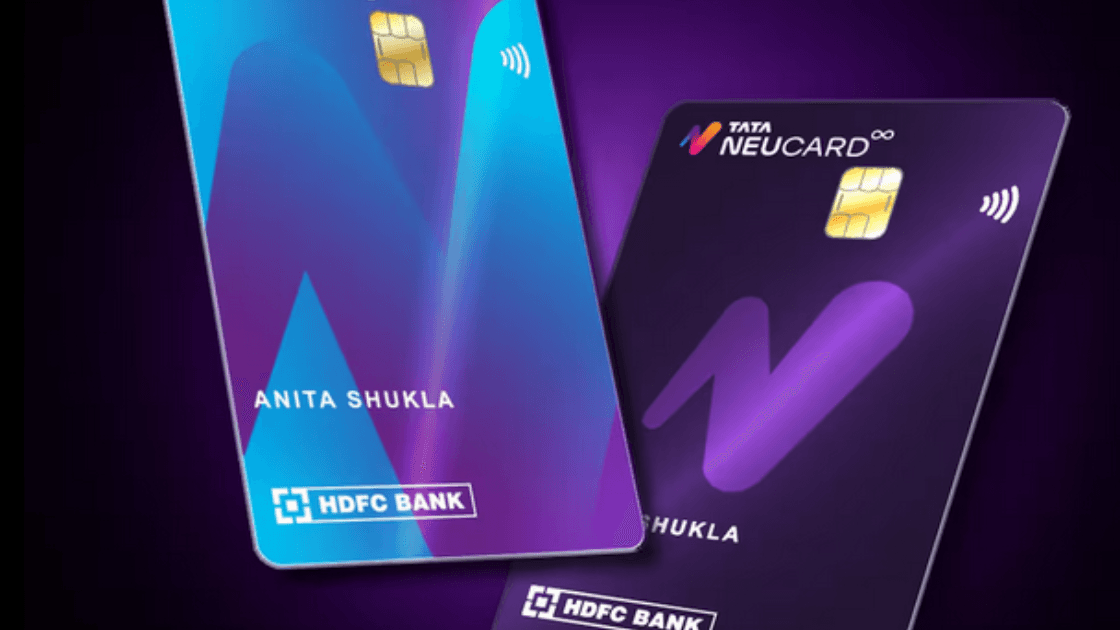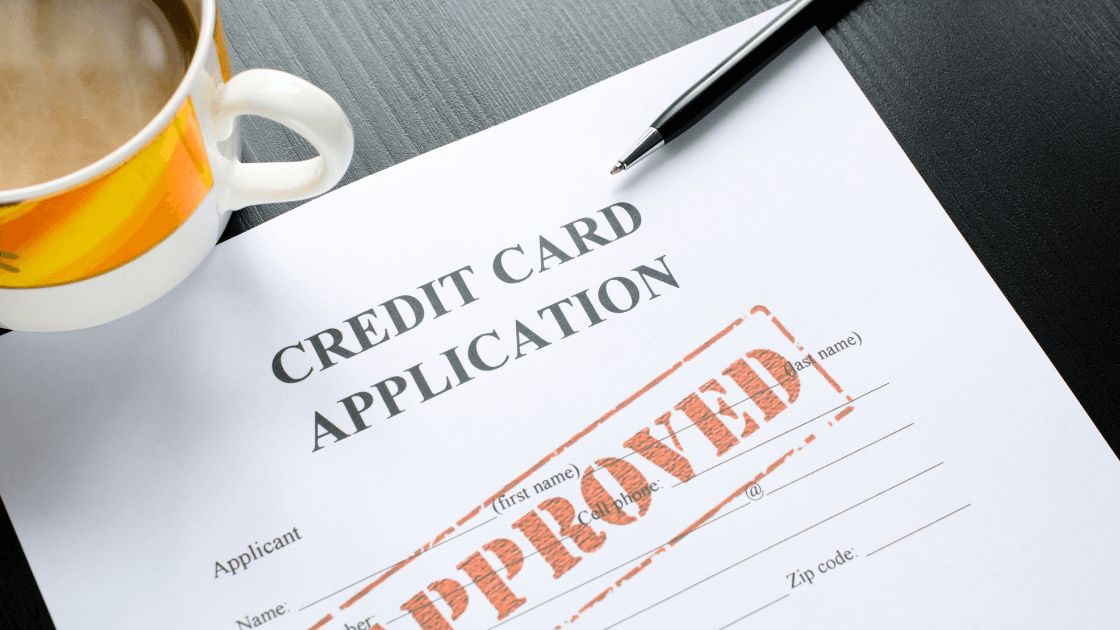
Cards
•04 min read

Ever wondered why your credit card bill arrives when it does or how all your transactions are neatly grouped into a statement? If you’re wondering how to understand billing cycle details to better manage your finances, you’ve come to the right place. Understanding your billing cycle is the key to planning your expenses, avoiding late fees, and enjoying a smoother financial life.
A credit card billing cycle is the period between two consecutive statement closing dates. During this time, all your purchases, payments, and fees are recorded. Typically, this cycle lasts around 30 days, though the exact duration may vary by issuer. Knowing the exact dates when your cycle starts and ends helps you manage your finances efficiently. Discover the ease and rewards of managing your expenses with the Tata Neu HDFC Bank Credit Card.
Billing Start Date: This is when the cycle begins and your transactions start to get recorded.
Billing End Date: The day your cycle closes and the statement is generated.
Grace Period: The period immediately following the billing cycle during which you can pay off the outstanding balance without incurring interest. This grace period usually lasts between 14 and 21 days, based on common industry practices.
Imagine your billing cycle starts on the 1st of the month and ends on the 30th. This means all transactions between these dates appear on the statement generated on the 30th. You then have a few weeks, say until the 15th of the following month, to pay the balance without any interest charges.
The simplest way to know your billing cycle is to check your monthly statement since it clearly mentions your billing start and end dates as well as the payment due date. Alternatively, you can log in to your online banking portal where these details are usually displayed. If you still have questions, contacting customer support can help clarify any doubts.
Understanding when your billing cycle ends and when your payment is due is crucial. It allows you to schedule your purchases strategically, ensuring you take full advantage of the interest-free period. Keeping track of these dates also helps you avoid late fees and additional charges.
Different institutions offer unique features related to billing cycles. Some may allow more flexibility with billing dates, while others may offer a specific structure. This makes it important to know exactly how your credit card issuer manages billing and payment due dates.

Transaction Capture: Throughout the billing cycle, every purchase, payment, and fee is recorded.
Statement Generation: At the end of the cycle, a statement summarizing all transactions and the outstanding balance is generated. This includes the minimum amount due and any ongoing EMIs (Equated Monthly Installments).
Payment Due Date: This is the fixed deadline by which you must pay your statement balance to avoid unnecessary charges. Making timely payments is essential to keep your account in good order.
The grace period is the time after your billing cycle ends during which you can pay your full outstanding balance without interest. A useful tip is to plan larger purchases at the beginning of your billing cycle to maximize the benefit of the interest-free period.
While paying the minimum amount due keeps you from incurring late fees, it means interest will accrue on the remaining balance. Consistently paying only the minimum can lead to higher financial costs in the long run.
If available, consider requesting a change in your billing cycle to better match your salary dates or other income streams. Adjustments like these can help you plan further and avoid cash flow issues.
Purchases made at the start of the billing cycle mean you have the longest time during the grace period to make the payment. This simple tactic enables you to enjoy an extended interest-free window.
Setting up auto-pay for at least the minimum payment removes the worry of missing a due date. Additionally, using payment reminders or alerts available through online banking can keep you on track.
-ed507771-df04-4fb3-9af5-bae11cb611a6.png&w=3840&q=75)
Regularly reviewing your monthly statement is a must. By keeping an eye on your transactions, you can spot any errors or unauthorized charges early. If discrepancies arise, contact your issuer promptly to raise a dispute or request a chargeback.
By understanding how your billing cycle works—from transaction capture to paying the full balance during the grace period—you can maintain a healthy credit profile. Timely payments not only prevent extra fees but can also help positively influence your credit score.
Check your monthly statement, online dashboard, or call customer support to get all the details.
Certain issuers allow cycle changes to align with your financial habits; contact your issuer for available options.
Missing the due date typically results in late fees and interest charges on the outstanding balance.
Timely payments during your billing cycle reflect well on your credit score, while late payments can negatively affect it.
The billing cycle is the period during which your transactions are recorded, and the payment due date is the deadline by which you must pay your statement balance to avoid charges.
Grasping the concept of a credit card billing cycle can make a significant difference in managing your finances. From knowing the start and end of your cycle to understanding the grace period, every detail plays a vital role in keeping your credit in check. By aligning your purchases with your billing dates and automating payments, you can ensure that you avoid unnecessary fees and maintain a strong credit profile. Understanding and managing your billing cycle is a simple yet powerful step towards financial well-being and freedom.